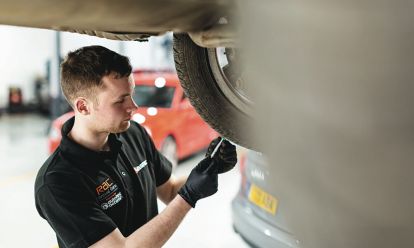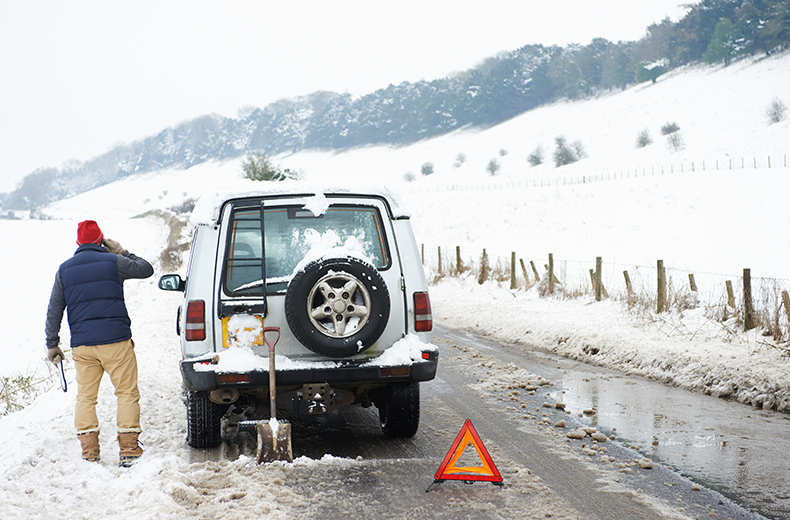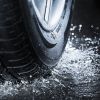To help you stay as safe and well prepared as possible we have created a winter driving checklist of all the essential items you need in the event of a winter breakdown.
Top 15 winter car essentials
From a first aid kit to warm clothes and blankets, these are the top 15 car essentials that you should always have in your car this winter.
The following breakdown kit essentials are all recommended emergency items to keep in your vehicle. Many of the products can be bought in the RAC Winter Driving Kits section of the RAC Shop.
Ice scraper and de-icer
These are basic items but winter must-haves nonetheless.
It is a legal requirement to keep your front and rear windscreen clear of snow and ice before driving and not all cars have heated windscreens to speed up this process.
An ice scraper still needs manual effort but is effective, while a can or spray bottle of de-icer speeds up the process.
In wintry conditions you will need to do this before setting off but both items need to be kept in the car ahead of the return journey - or in the event of being stranded somewhere, with the windscreen frosting over.

RAC sale – up to 33% off*
• Roadside cover from £5.29 a month†
• We get to most breakdowns in 60 mins or less
• Our patrols fix 4/5 breakdowns on the spot

Torch and spare batteries
Stuck by the side of a country road in the dark of a winter's evening with a flat battery? It's a very real possibility, and without any light it can be a frightening and dangerous situation.
A large torch with spare batteries or a wind-up torch which doesn't require battery power should definitely be among your breakdown kit essentials.
Warm clothes and blankets
Motorists often feel more comfortable driving without a thick coat but you should still travel with one in the car.
A breakdown could mean a long wait with no heat, so it's sensible to have some warm clothes to wrap up in - a big coat, gloves, a spare jumper, hat and gloves.
Not just for the driver, either. Make sure all passengers have warm clothes they can put on to help stay comfortable in freezing temperatures.
High-visibility jacket
High-Visibility clothing won't necessarily keep you warm, but if you need to leave the vehicle in the dark it's critical that you can be seen by other motorists.
One of these could actually save your life and definitely should be included as one of the most important emergency items to keep in your car.
In fact, an item of high visibility jacket clothing is required by law in some European countries, including France and Spain.
Boots with a good grip
You should always drive in sensible footwear but also keep boots in the car during winter weather for safety reasons.
In heavy snow and slippery conditions, you should wear suitable boots with a strong grip if you plan on exiting the vehicle.
An alternative or added extra could be snow grips to slide on over shoes. Either way, footwear that prevents you from slipping over is necessary.
First aid kit
Don't forget a first aid kit in a winter driving checklist to deal with minor injuries.
There is a national standard for first aid provision within motor vehicles, devised by the British Standards Institution (BSI).
A small first aid kit should include sterile cleansing wipes, washproof plasters in assorted sizes, dressings, scissors, nitrile powder-free gloves and a Revive-Aid resuscitation face shield - or similar product.
Of course, having a first aid kit in the car is good practice at any time of the year.
Jump start cables
Flat or dead batteries can happen to any car regardless of age and at any time, but in cold weather such problems are far more likely to occur.
Always have a set of jump start cables or jump leads in the car, which will help to get the battery going again and the car on the move - whether you get assistance from a passing fellow motorist or a roadside recovery from the RAC.
Knowing how to jump start a car is an important skill to learn for all drivers.
Empty fuel can
Some breakdowns aren't due to a flat battery, engine failure, or a mechanical fault.
Sometimes, your car will grind to a halt simply - and annoyingly - because it has run out of fuel.
This is obviously easily fixed providing you can find your way to a petrol station, and once there you'll need a can to fill with fuel.
Food and drink
The prospect of being abandoned at the roadside for hours in poor weather conditions is a gloomy one - if you're hungry it can feel far worse.
If you have children in the car, it's doubly worse!
Food and drink should surely be considered breakdown kit essentials, with a big flask of hot tea, coffee, hot chocolate or soup high up on the list.
Shovel
In deep snow - for example if you're driving on smaller roads which may be relatively untreated - it can be too easy for a vehicle's wheels to get stuck.
A shovel can help you to literally dig yourself out of such a problem; if boot space is limited why not buy a foldable model?
Two reflective warning signs
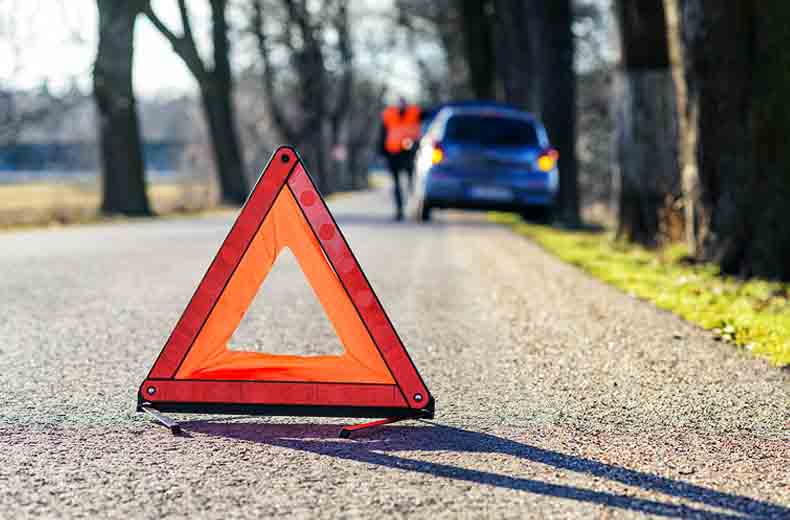
A reflective warning sign is a legal requirement in many European nations.
It usually comes in the form of a triangle and is used to warn other motorists that your vehicle has broken down to help to avoid collisions.
You need two; one to position in front of the car and the second at the rear.
Ideally, the stand of the sign will be solid so it's not easily blown over and the reflective quality makes it visible in the dark.
The signs should be at least 45 metres - that's 147 feet - behind the car, however, the Highway Code advises to never use them on motorways.
A road atlas
Yes, even in these modern times with Sat Nav systems there's still a place in a car for a paper based road atlas in case of diversions or getting lost.
There's also the possibility that, in the result of a flat battery any electrical devices will be out of action and even after the car is back on the road you may prefer to keep these turned off.
It is also a good idea to check out RAC Route Planner before you leave on any journey.
Get a service or repair at home
RAC Mobile Mechanics can come to you, saving you the hassle of going to a garage.
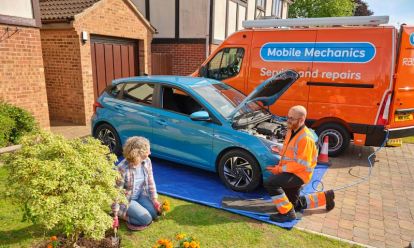

Sunglasses
Low winter sun can seriously affect driver visibility, creating a glare which makes it difficult to see the road. Always ensure you have a pair of sunglasses to hand.
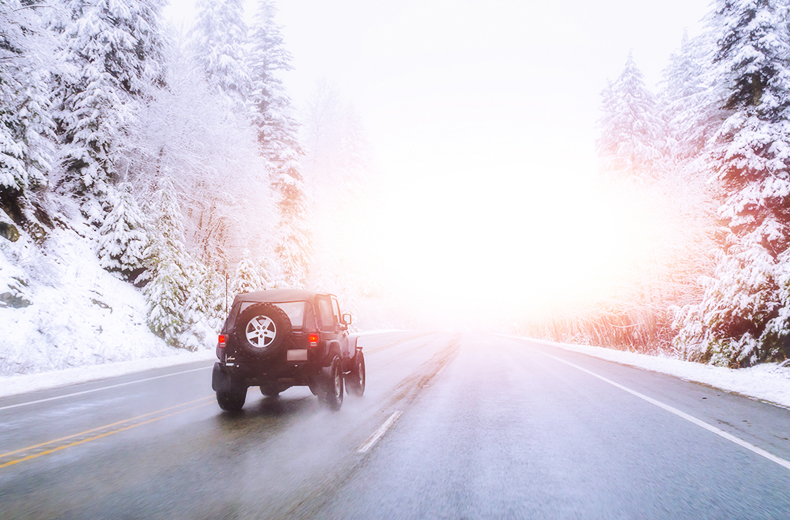
In-car phone charger - and a portable battery charger
Breaking down is not the time for your mobile phone to run out of power, so an in-car charger should always be kept in the car.
If you've broken down, a portable battery charger could also be very welcome.
What if you break down somewhere with no phone signal?
If you're on the motorway you'll need to locate the nearest emergency phone.
On quieter roads, assess the situation - it may be a case of walking to the nearest house or sitting tight and waiting for a passing motorist to stop and help.
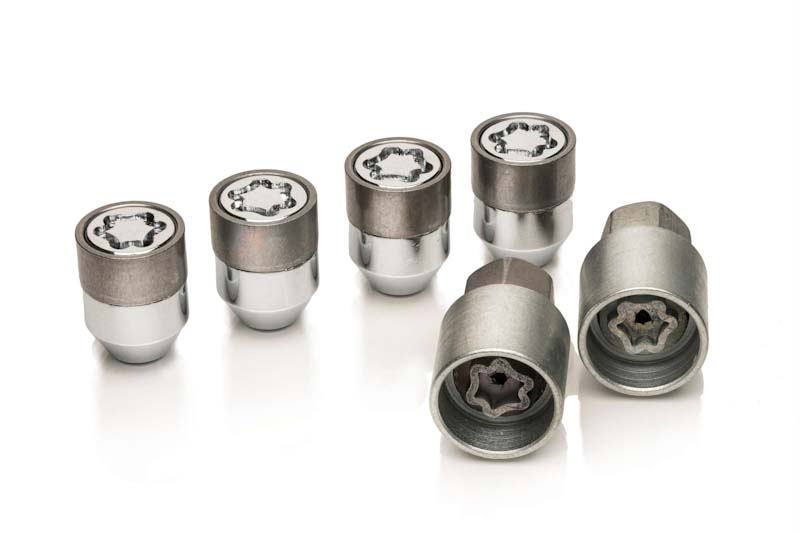
Locking wheel nut key
These keys are designed to make sure that your wheel and alloys can't be stolen. However, they're also used to change your wheel or tyres following an issue.
This metal, cylindrical tool has a hexagonal shape that is used to remove or tighten the wheel nuts.
Locking wheel nut keys are kept in a small bag or box within your vehicle. Normally, they're stored underneath the spare wheel in the boot, or in your glove compartment. In some models of cars, the bag or box is stored under one of the seats.
Make sure you know where these are, as you'll be asked to hand them over to a mechanic after a breakdown so they can try and resolve the problem with your car.
How to drive in winter - additional tips
When it comes to driving in winter, preparation is key. Before embarking on a long journey it is worth running a series of checks on your car to ensure it is equipped for the drive and in good shape. It might even be worth booking your car in for an interim service at your local garage.
As stated in this guide 10 ways to prevent a breakdown in winter, we'd rather stop our members breaking down in the first place than have them stranded at roadside.
Our tips include checking the car has enough fuel for the planned journey, that oil and coolant levels are topped up, tyres are at the correct pressure, and all lights are working properly.
Screenwash levels should be topped up too, and it's also a good idea to take some spare windscreen washer fluid in case driving conditions mean the screen needs clearing more than usual.
Be prepared, be properly equipped, drive responsibly and stay safe on the roads in winter.

Make sure to take out breakdown cover this winter
If you're looking for complete peace of mind this winter, then it's worth taking a look at RAC breakdown cover, van breakdown cover or business breakdown cover today. Our cover will ensure that you will be protected whether your vehicle breaks down at the roadside or at home. We can also provide you with garage support and alternative transport options for you to continue your journey.
See how RAC cover compares to other in market such as AA and Start Rescue before choosing your provider.
Have you broken down without cover? Learn more about what to do here.
If you're planning on driving in Europe, then our European breakdown cover product will be most appropriate for your needs.
- A complete guide to driving safely in snow
- Car won't start in the cold? – Possible causes and preventative tips
- Top car tips in the extreme cold – DIY fixes to try
How does our breakdown cover measure up?
Service, repair or MOT?
You can trust the RAC with our local approved garages and NEW mobile mechanics.
